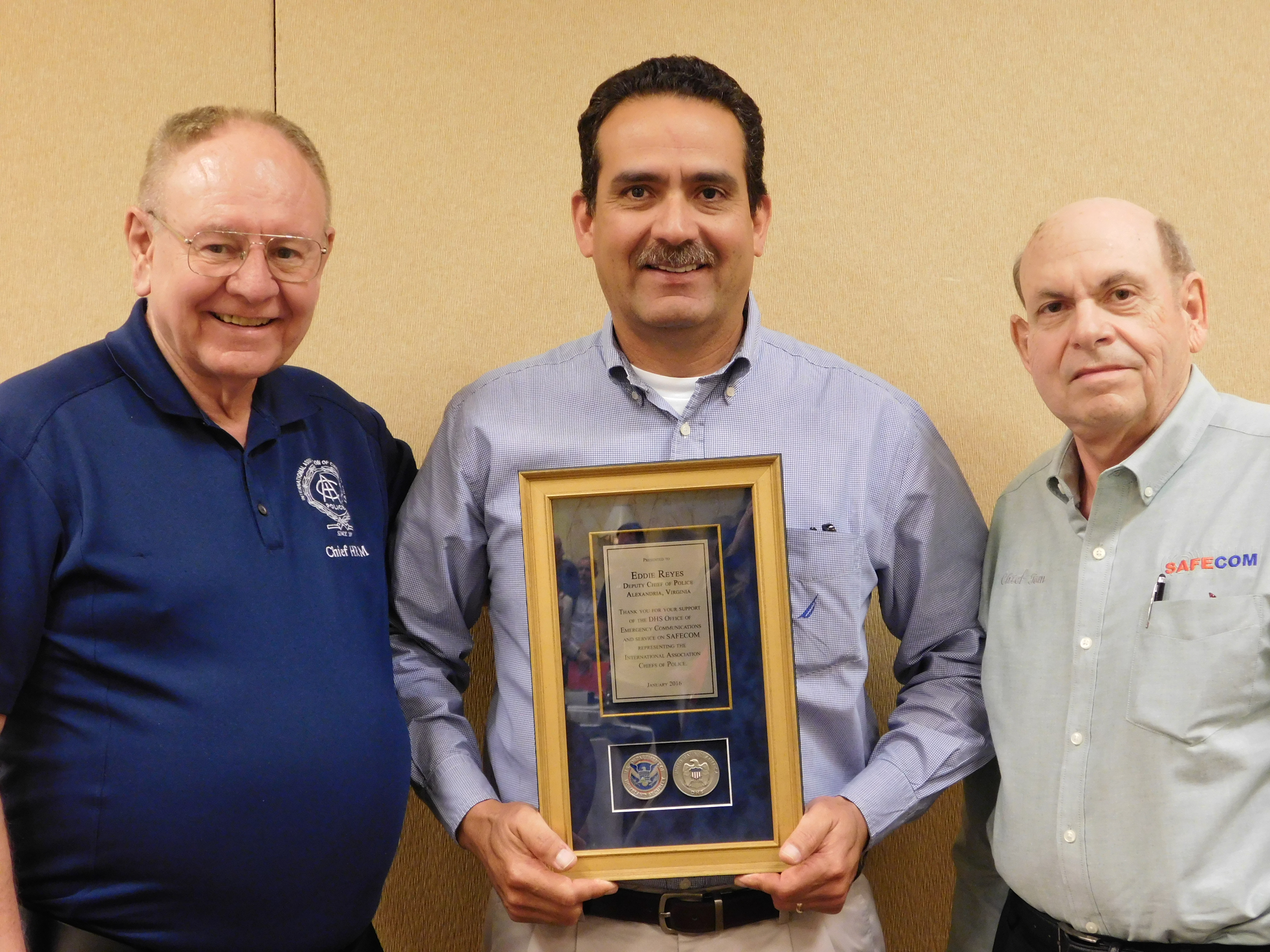FirstNet News
Last week, FirstNet continued consultation by participating in five State Governance Body Consultation Meetings in Alaska, Iowa, New Hampshire, Rhode Island, and Vermont. Since a large percentage of these states are rural, there was significant discussion about rural coverage and FirstNet’s plans for rural areas. Consultation Task Teams (CTTs) were also a topic of much discussion, and Iowa expressed an interest in hosting a regional CTT and an Iowa state CTT in the future. FirstNet has now completed 11 State Governance Body Consultation Meetings.
On May 5, Director of Government Affairs Ed Parkinson, and Senior Fire Advisor Mike Worrell gave a general FirstNet presentation at the Congressional Fire Services Institute’s Annual Seminar in Washington, DC. The theme of the program was “Making a Difference at the National Level,” which brought together thousands of fire and EMS personnel from across the country for a series of seminars and meetings with federal agency officials and members of Congress. The FirstNet session addressed topics including the State Plan process, governor decision, and rural coverage, and one participant brought up the importance of maintaining existing LMR systems until mission critical voice is a reality. FirstNet also had meetings with representatives of the National Volunteer Fire Council and the International Association of Fire Chiefs to discuss timelines, the State Plan process, and continued engagement with their members.
FirstNet Board member Teri Takai, Mike Poth and Government Affairs staff attended the National Association of State CIOs (NASCIO) Mid-Year Conference and DC Fly-In last week. The DC Fly-In is an opportunity for state CIOs and other key staff to meet with Congressional and federal government decision makers on policies and programs that have a significant impact on state governments. FirstNet was a key focus area for the Fly-In, during which FirstNet representatives provided a keynote address and engaged attendees in a Q&A session on FirstNet.
This week, FirstNet is participating in the Armed Forces Communications and Electronics Association (AFCEA) 8th Annual Law Enforcement and Public Safety Technology Forum in Washington, DC; the FEMA Regional Emergency Communication Coordination Working Group in Salt Lake City, UT; the Oregon Governance Body Consultation Meeting in Salem; a Portland, OR Metro Consultation Meeting; a Richmond, VA Fire Department FirstNet Meeting; the Los Angeles Area Fire Chiefs Association Conference; the New Mexico APCO/NENA Training Conference in Albuquerque, NM; the Metropolitan Fire Chiefs Association Conference in Long Beach, CA; the IAFC Volunteer & Combination Officers Symposium in the West in Reno, NV.
News from the PSAC, States and Territories
The PSAC Identity, Credentials, and Access Management (ICAM) task team will meet on Tuesday May 10.
The PSAC Early Builders Working Group (EBWG) will meet on Wednesday May 11.
Media Watch
*The information provided is copied as-is from the media outlet source and is not edited by FirstNet. Links to non-Federal Government websites do not constitute endorsement of any product, service, organization, company, information provider, or content. Clicking on non-Department of Commerce hyperlinks will direct you to websites that are not under the Government’s control.
FedScoop 5/2: FirstNet Board: “We need federal participation”
FirstNet board: ‘We need federal participation’
FirstNet, a $7 billion government initiative to construct a nationwide broadband network for first responders, is on track to be financially self-sufficient by 2022 — so long as it can effectively coax federal agencies into embracing the program.
Web and Social Media
FirstNet’s social media presence continued to grow last week at a regular pace, with Twitter gaining more than 30 new followers, now at 3,594; LinkedIn now has 1,491 followers; and YouTube has 267 subscribers. This week, we posted new entries on the FirstNet blog to recognize Public Service Recognition Week 2016 and International Firefighters Day. We have also posted a new video this week highlighting fire service personnel in Puerto Rico and how broadband technology is helping them with response operations and day-to-day activities https://www.youtube.com/watch?v=M4V8fOvvsXY.
Do you have something you want to feature in the weekly update, such as a conference date, personnel announcement, or news article showcasing the work of your organization? Please send it to Yancy Edwards at yancy.edwards.ctr@firstnet.gov for possible inclusion in an upcoming update

